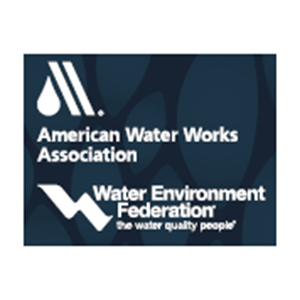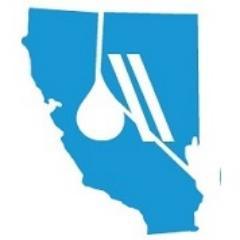In advance of a California Public Utilities Commission’s (CPUC) September 28, 2018, workshop, the California Water Association (CWA) responded on behalf of its Class A, B, C, and D water utility members to the Administrative Law Judge’s Ruling (ALJ Ruling) regarding emergency communications.
CWA responded to 14 questions in the ALJ Ruling on communication protocols and best practices, particularly during emergencies, among entities and stakeholders, including the CPUC, local government agencies, customers, and utilities.
In its responses, CWA emphasized that “the appropriate communications protocols to implement in any given emergency situation will necessarily depend on the type, scale, and location of the threat, what agencies or entities are responsible for responding to and addressing the incident, the role of an affected water utility in supporting (or leading) the response effort, and the utility’s resources (e.g., available staff), among other factors.”
CWA went on to suggest that “the most fundamental ‘best practice’ from a communications standpoint is simply for the utility to identify the person within its internal chain-of-command who is responsible for reaching out to, and communicating with, the appropriate agencies and stakeholders in an emergency, and to update the contact information for those external entities annually.”
To ensure adequate communications, CWA noted that water utilities follow detailed customer notice requirements imposed and enforced by the State Water Resources Control Board’s Division of Drinking Water for any water contamination-related emergency, and customers receive drought emergency notifications “where a utility’s CPUC-approved Schedule 14.1 is activated.” CWA indicated that engaging customers independently or immediately or in the aftermath of an emergency isn’t always the best course of action during a multi-jurisdictional emergency event. CWA emphasized that communications during these events require “the careful exercise of patience and discretion to coordinate with other agencies and entities in terms of messaging and the timing of messaging.” CWA respectfully urged the CPUC “to consider the need to preserve this discretion in evaluating the value of uniform and/or mandatory customer communications protocols in the context of emergency responses.”
CWA’s complete responses to the ALJ can be viewed by clicking here.





